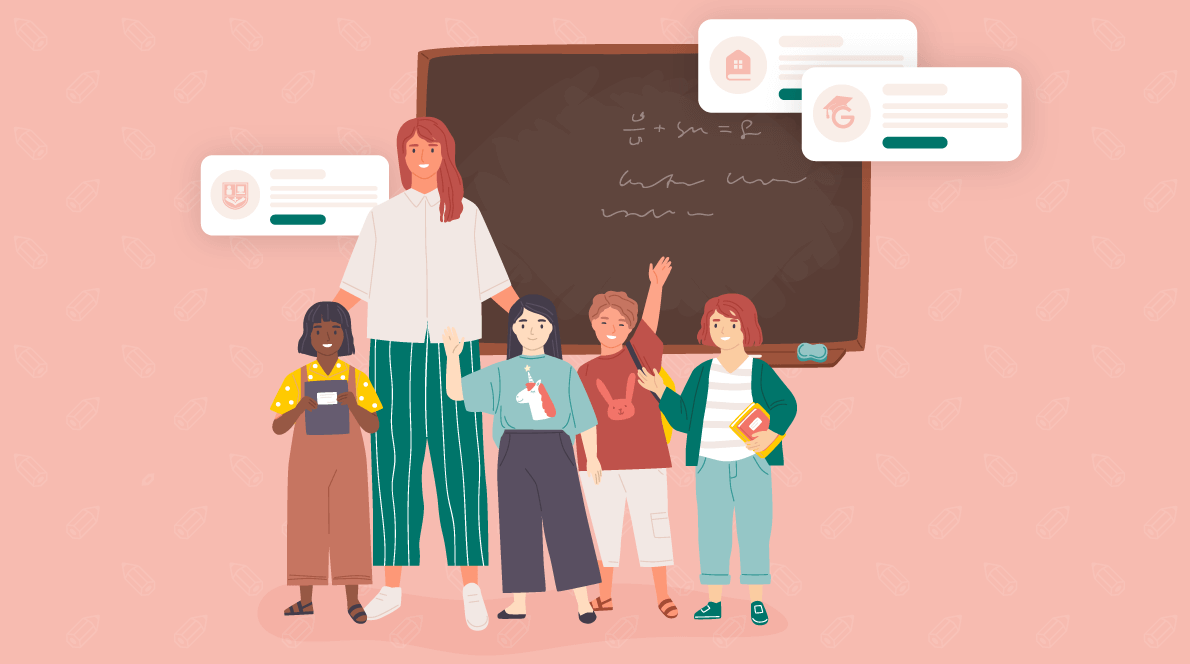
It's possible to have fun with vocabulary games. You can have kids line up on a map, and then they take turns jumping to letters on the map that correspond with the vocabulary word. For instance, the second child might jump to the map with letter "m" while the third would jump to the map using letter "d." Kids can also compete against eachother by setting a time limit.
Animal Planet
Animal Planet offers many educational games and activities for children, no matter if they are a beginner or an experienced animal lover. These games are designed to reinforce the content learned in the classroom. "Guess in 10 - World of Animals" is one of these games. This game is played by matching cards, which contain clues, hints, and interesting facts about different animals. It promotes creativity and social skills as well as problem-solving and problem solving abilities.
Many of the games allow children to play together and can be played in groups. One example is where each team can guess the name and identifies an animal. The winning team wins! Another game is Look and Identify. Here, kids are shown pictures of animals and must identify them. They earn brownie points for correctly describing details about the animals.
States of America
The States of America 2nd-grade learning games offer many benefits to your students. These games will help your children learn about the United States. These games can be very motivating and engaging for reluctant students. For example, they can make the different states come to life with animations that follow their movements. This could encourage children to keep playing the game longer. Children may become frustrated with these games.

To keep your children occupied, create a game that allows them to place the states on a map. The game allows them to practice spatial awareness by having to balance, stack and rotate the states. It is possible to play with multiple players simultaneously. You can also learn the names and addresses of the states.
World Cities
The World Cities games are a great way for children to learn about different countries and cities around the globe. They can be easily adapted to suit different abilities and ages. These games were created for children between six and twelve years of age and help them develop their spatial and logic reasoning skills. For example, they can practice learning about the United States by placing their airplanes in the most efficient routes between major cities in the country.
These games allow children to learn about different countries, states, and continents. They can also use these games to enhance their map skills. You can even see what different countries look like, and how they trade with other countries.
Cloud Hoppers
Cloud Hoppers is an educational boardgame that helps children to learn addition and subtraction facts. It features beautiful artwork and sturdy game pieces. It also has an interesting story in the rulebook. This game works best for kids aged 5-10 years. It will also help kids develop multiplication skills.
This game is highly interactive, making it a great tool for teaching science, math, and language. There are 2 levels to start, plus 21 other games that can be purchased in-app.

TeachMe, 2nd Grad
TeachMe 2nd Grade learning games can be fun and effective ways to teach math to your child. Interactive games are available in math, science and language learning. The app comes with two free games and 21 paid in-app. The app also encourages critical thinking, which is an essential skill in school.
The app features interactive learning games, bite-sized revisions resources, and audio narrations. The app also includes a timeline that allows users to travel back in history. The theme option allows the child to explore different historical events.
FAQ
What is the average time it takes to become a teacher in early childhood?
The four-year process to earn a bachelor's level in early child education takes. Two years will be spent taking the general education courses required of most universities.
After completing your undergraduate studies, you will usually enroll in graduate school. This step allows students to focus on a particular area.
For example, you might choose to concentrate on learning disabilities or child psychology. After completing your master's you will need to apply to a teacher training program.
This process will take several more years. During this period, you will work with experienced educators to gain real-world knowledge.
Finally, to be able to officially start working as a teacher, you will need pass the state exams.
It takes many years for this process to complete, so you may not be able immediately to join the workforce.
What are the main types of early education?
There are many different ways to describe early childhood education. The most common ones include:
-
Preschool - Children ages 2 to 5
-
PreKindergarten: Children 4-6 years old
-
Head Start/Headstart for Children Ages 0-3
-
Day Care/ Daycares: Children 0-5
-
Child Care Centers – Children aged 0-18
-
Family Child Care - Children ages 0 to 12
-
Home schooling - Children aged KG to 16.
Is becoming a teacher difficult?
A major commitment is required to be a teacher. You will need to devote a significant amount of time to your studies.
While working towards your degree, expect to be working around 40 hours per work week.
You will also need to find a job that suits your schedule. Many students have difficulty finding part-time work that allows them to balance schoolwork and their personal lives.
When you are hired for a full-time job, you will most likely be required to teach classes during the school day. You might even be required to travel to other schools throughout the week.
How do I apply for college?
There are many options available for how to apply to college. You can get started by contacting your high school guidance counselor or admissions representative. Many high schools use online applications. You can also get in touch with local colleges. Many colleges will accept applications through the Internet via their website.
If you choose to apply via mail, fill out the application. You will also need to write a personal story and attach copies of all documents. The personal statement gives you an opportunity to share why you want to attend this particular institution and how it would benefit you. This personal statement also helps admissions officers understand your goals and motivations.
Download sample essays from our website.
Statistics
- These institutions can vary according to different contexts.[83] (en.wikipedia.org)
- And, within ten years of graduation, 44.1 percent of 1993 humanities graduates had written to public officials, compared to 30.1 percent of STEM majors. (bostonreview.net)
- They are more likely to graduate high school (25%) and finish college (116%). (habitatbroward.org)
- In most developed countries, a high proportion of the population (up to 50%) now enters higher education at some time in their lives. (en.wikipedia.org)
- Think of the rhetorical power of nineteenth-century abolitionist Harriet Beecher Stowe, Martin Luther King, Jr., or Occupy Wall Street activists with their rallying cry of “we are the 99 percent.” (bostonreview.net)
External Links
How To
How can I apply for scholarships
To apply for scholarship funding, first, make sure you qualify for it. It is possible to receive scholarships if you meet certain requirements.
If you are economically poor, you might be eligible to receive a grant. If you are studying a vocational training program, you can qualify for a grant to help pay your bills. You may also be eligible for a grant if you belong to a minority group.
Once you have decided if you are eligible, you can begin applying.
The application process can be done online, over the phone or in person. The process for applying depends on the scholarship.
You may be required to write essays on yourself and the reasons you are applying for scholarships. Others will ask questions such "Why did you choose this degree?"
You will need to complete an application form for most scholarships and provide supporting documents.
Your scholarship provider will review the information you provide. If you have been selected, you will be notified either by email or mail.
Even if you're not selected, you might still qualify for another scholarship. Contact your scholarship provider for details.